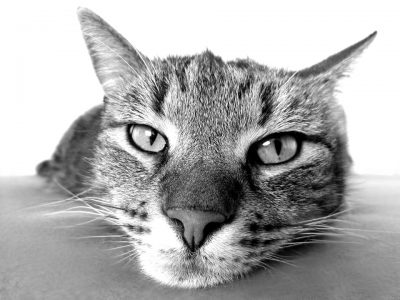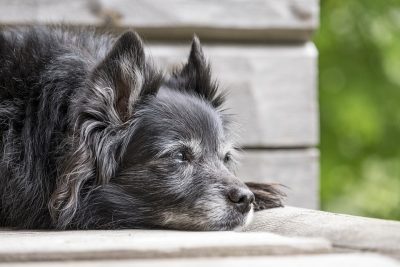
A very serious infection of dogs, Leptospirosis, has been detected across NSW with detections on the Central Coast, Central and Northern beaches areas of Sydney and more recently NSW South Coast.
Seven dogs are reported to have been affected in this latest cluster, with four affected in the Newcastle area and three from the South Coast region. This is a wider area than the previous outbreak which occurred predominantly in metropolitan Sydney. Unfortunately, the current outbreak has a case mortality rate of 71% for unvaccinated dogs.
Risk factors for leptospirosis in dogs include a history of hunting or exposure to rodents, access to a stagnant water source, and living in or travelling to an affected area (especially within the preceding 30 days).
Areas which have had reported cases of canine leptospirosis include Annandale, Ashfield, Balmain, Cheltenham, Cooks Hill, Crows Nest, Darlinghurst, Elanora Heights, Erskineville, Figtree, Firefly, Glebe, Horsley Park, Ingleside, Lurnea, Marrickville, Medowie, Newcastle, Newtown, Old Erowal Bay, Paddington, Redfern, Sanctuary Point, Speers Point, South Coast, St Georges Basin, Surry Hills, Trunkey Creek and Waterloo.
WHAT IS LEPTOSPIROSIS?
Leptospirosis (often referred to as lepto for short) is a bacterial infection that travels throughout the entire body via the blood stream, causing organ dysfunction/failure and internal bleeding. It can be fatal in as little as 48 hours.
HOW IS IT SPREAD?
The bacteria favours warm, moist environments, ponds and stagnant water and areas exposed to flooding. The infection is often contracted when the dog is exposed to infected rodent urine in ponds or wet soil in poorly drained areas.
WHAT ARE THE CLINICAL SIGNS?
Clinical symptoms of leptospirosis vary and are non-specific, but can include;
- Vomiting and diarrhoea
- Loss of appetite
- Fever (high body temperature)
- Lethargy
- Increased thirst and urination
- Red urine
- Yellow gums or eyes
HOW CAN I MINIMISE THE RISK TO MY DOG?
We have access to a vaccine that covers for one strain of leptospirosis. This does mean that there are strains that aren’t covered in this vaccine, however due to the often fatal nature of this disease, any level of protection may be beneficial. This vaccine is not included in our usual vaccine protocols, so even if your dog is up to date with their yearly vaccinations, they likely haven’t received a leptospirosis vaccination.
Vaccination is recommended for dogs who;
- Are living in, or travelling to, the known areas affected in Sydney, Newcastle, South Coast, and the surrounding areas
- Have contact with rats or other rodents
For dogs who have never been vaccinated against leptospirosis, two doses of the vaccine given 2-4 weeks apart are required, followed by annual boosters to maintain protection. The second dose is to be given at least two weeks prior before traveling to known exposure areas & surrounds. Puppies can receive the vaccination from 6 weeks of age. The vaccination may be given with other yearly vaccines as part of a yearly check up appointment or on its own in a seperate appointment.
In addition to vaccination, we recommend avoiding any stagnant water or places where there has been flooding. Keep your dog on lead when walking and do not allow them to swim in or drink stagnant water.
For more information or to book your pet in for vaccination, please call our friendly reception team on (02) 6230 2223.

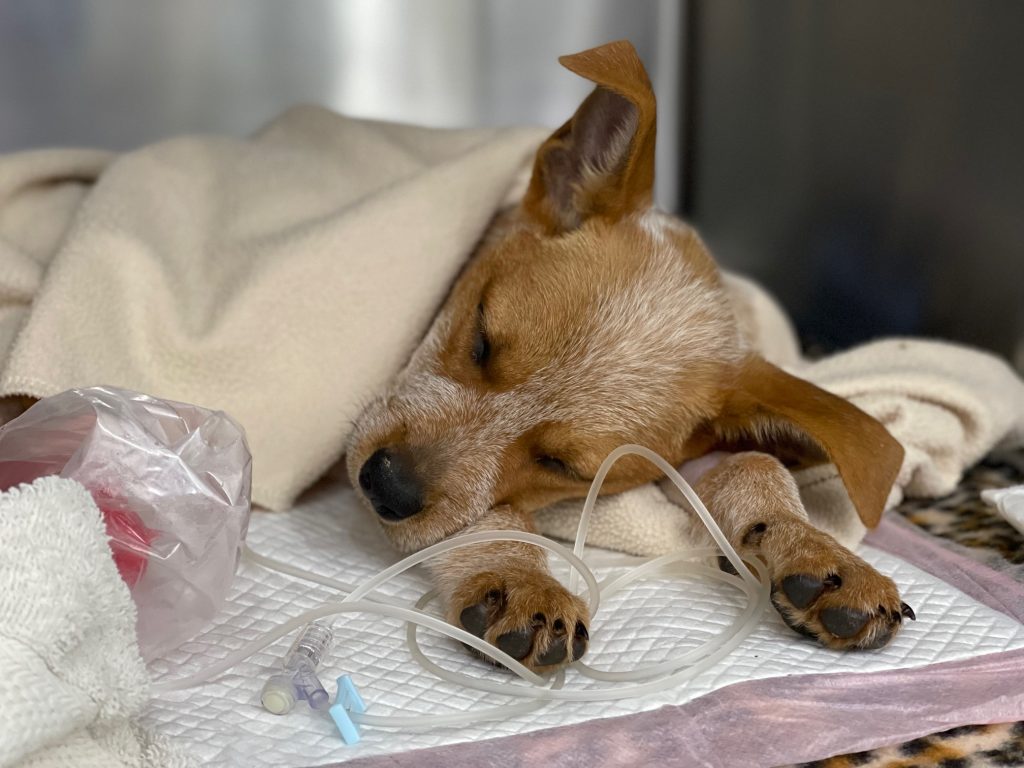
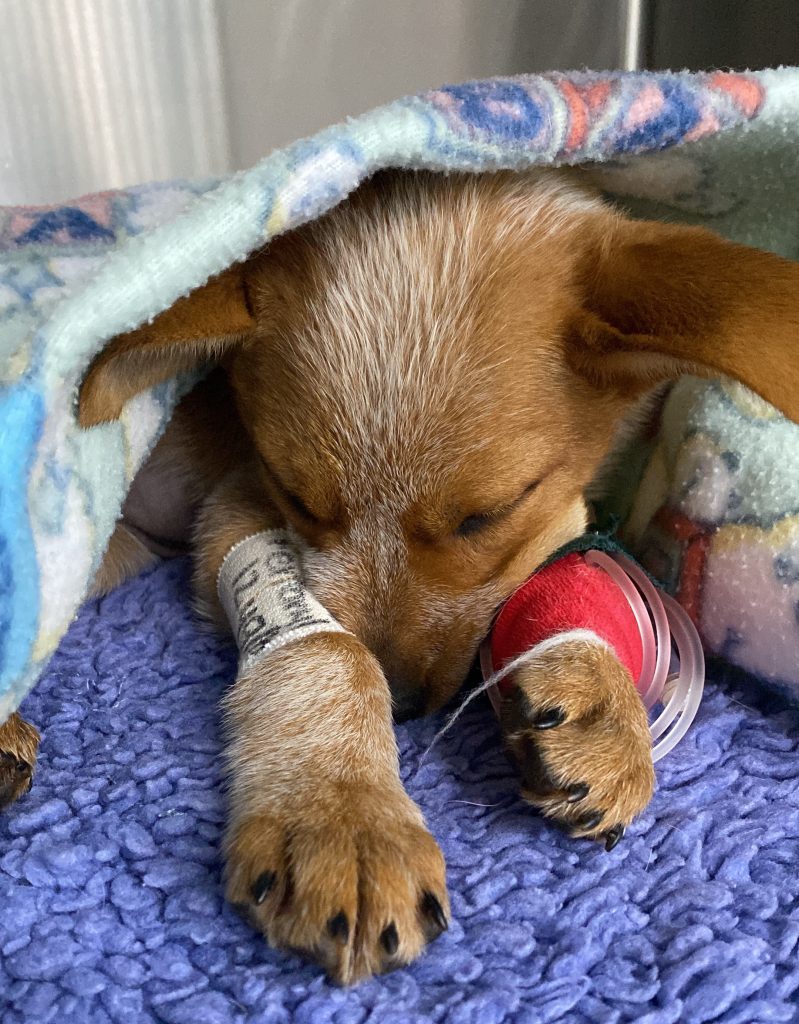
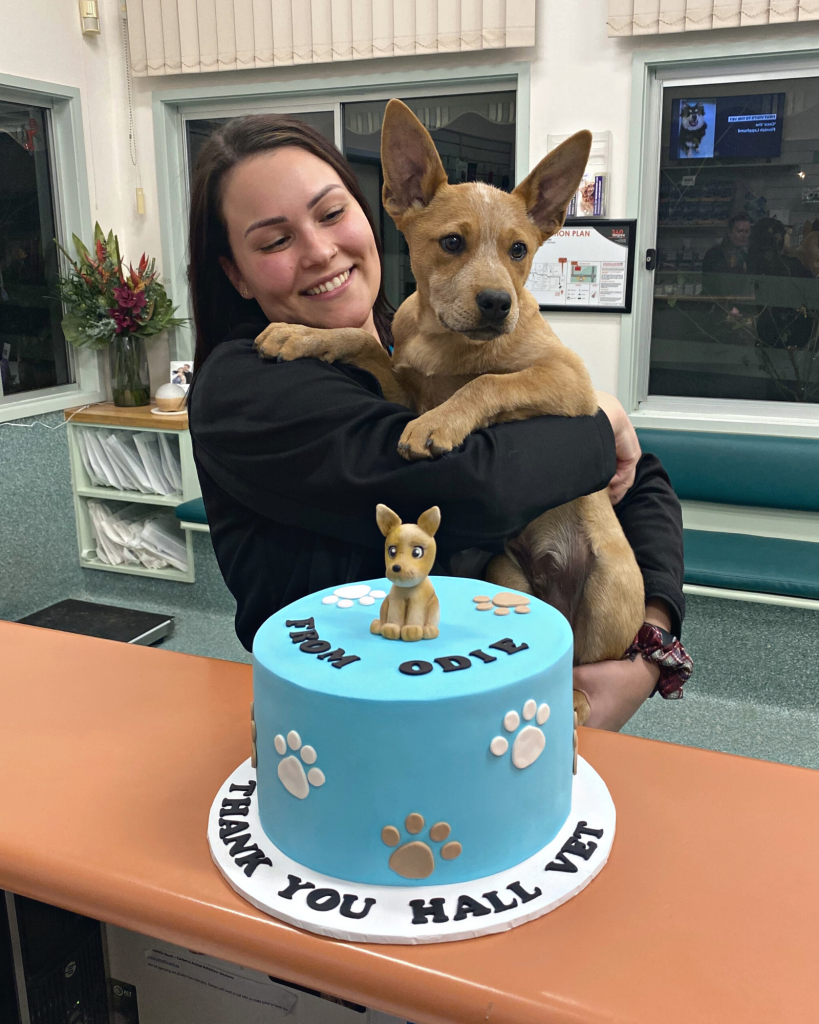
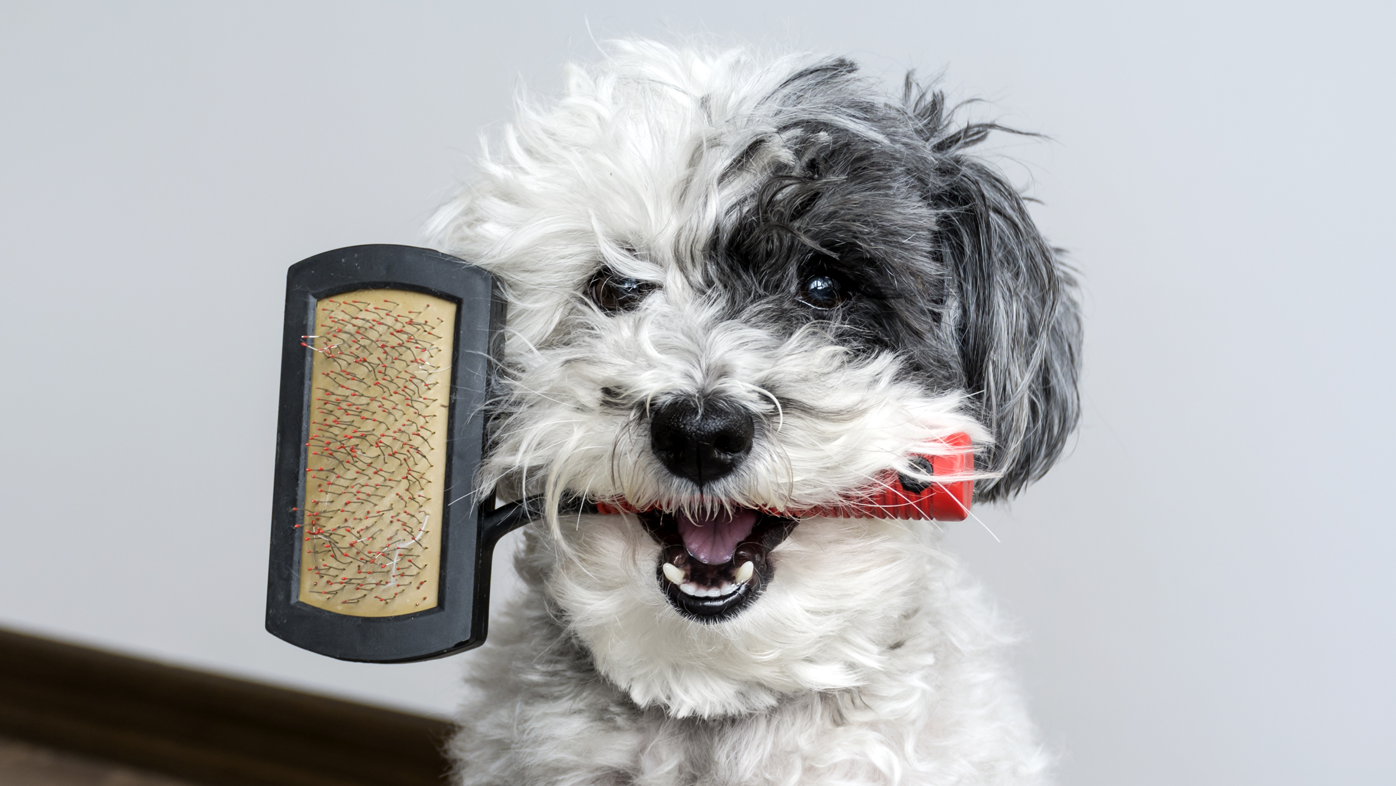
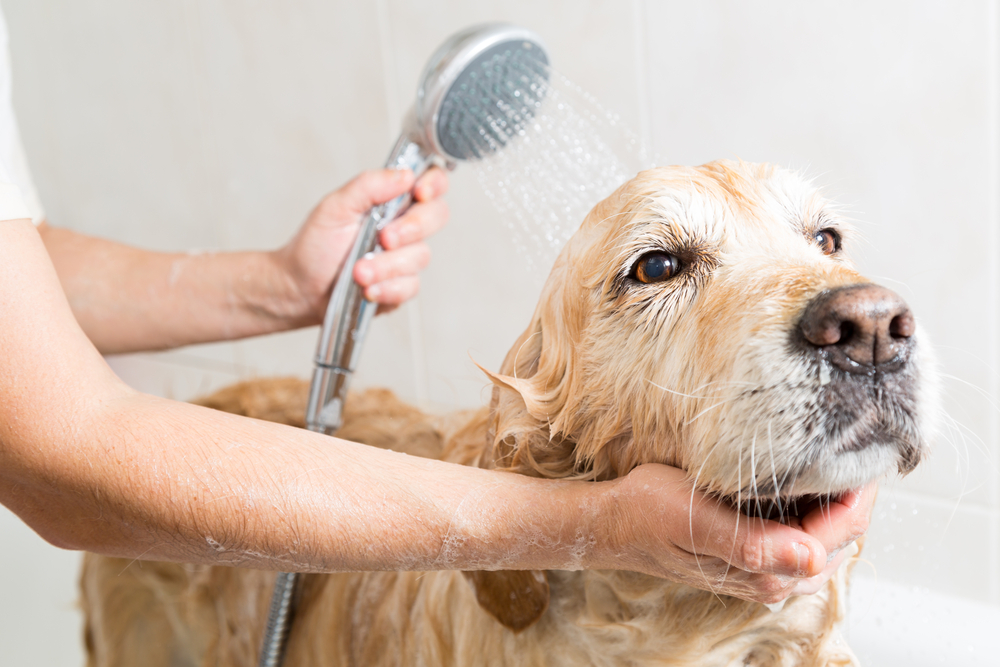
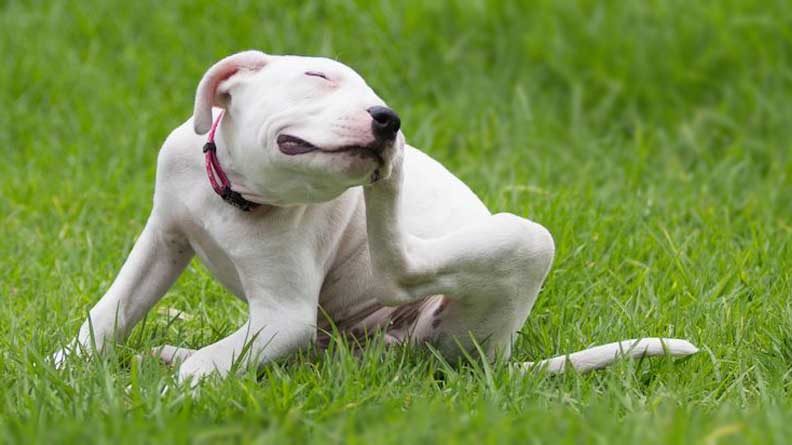

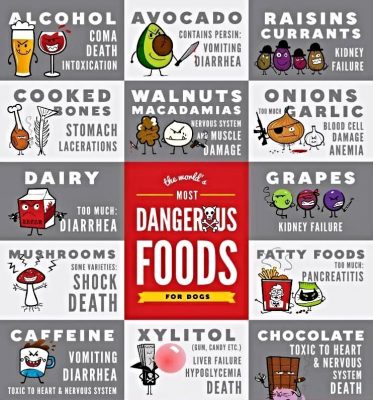

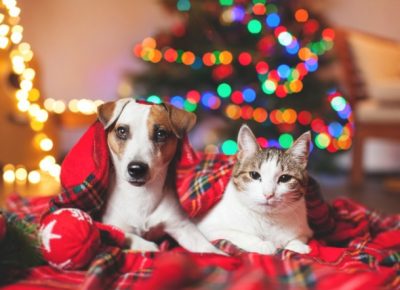
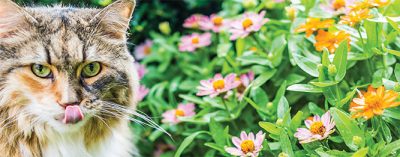
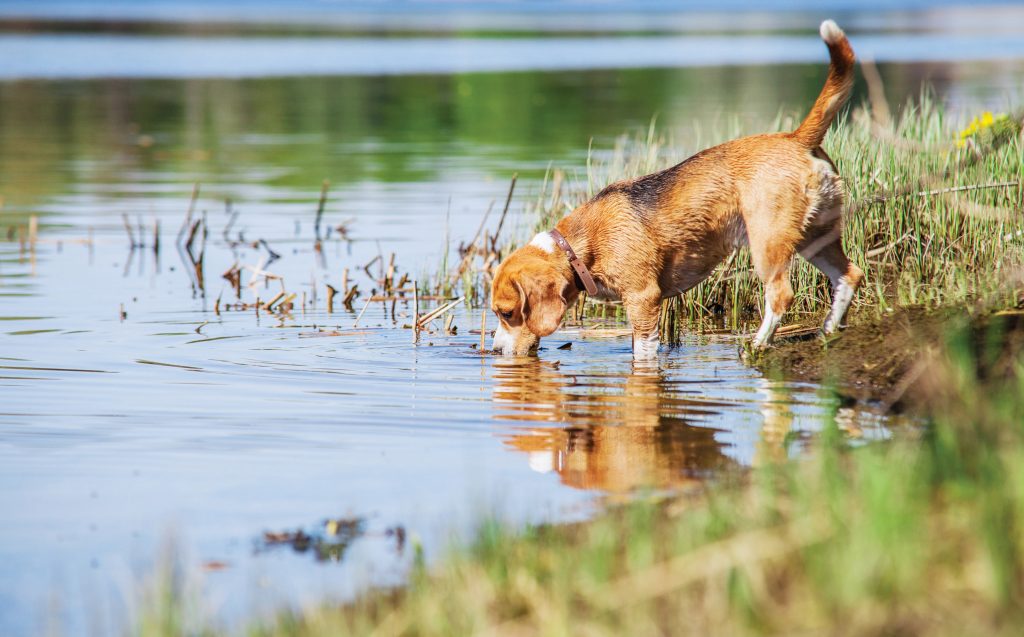

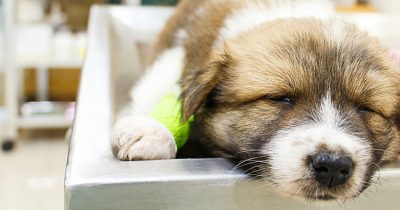
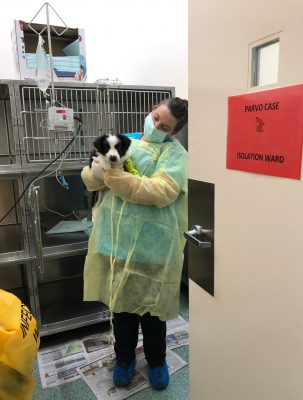
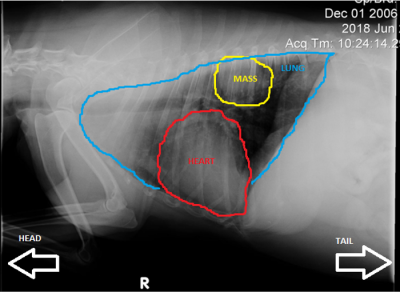
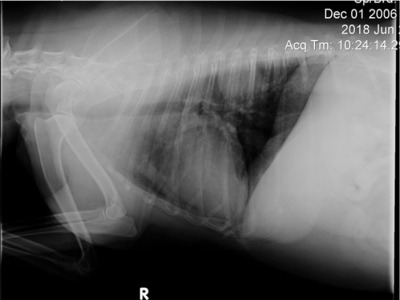
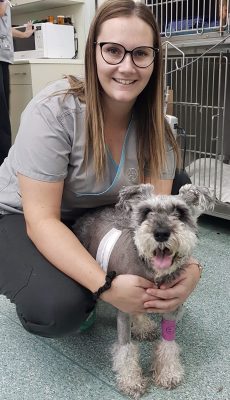
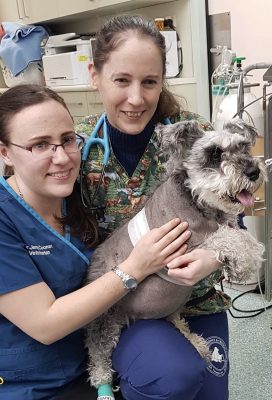
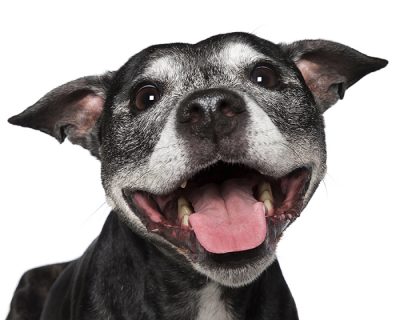 Behavioural problems in senior pets can result from medical issues like arthritic pain, loss of sight/hearing or diseases that affect the nervous system. They can also be attributed to age related deterioration of the brain known as Cognitive Dysfunction Syndrome.
Behavioural problems in senior pets can result from medical issues like arthritic pain, loss of sight/hearing or diseases that affect the nervous system. They can also be attributed to age related deterioration of the brain known as Cognitive Dysfunction Syndrome.